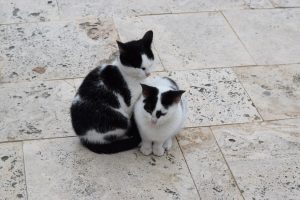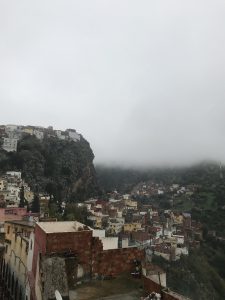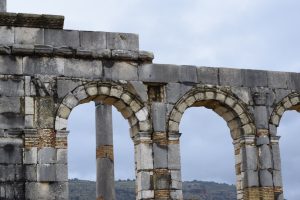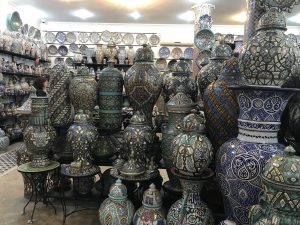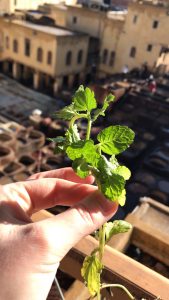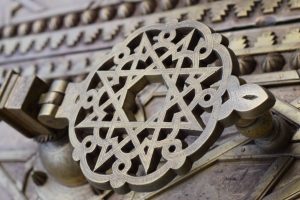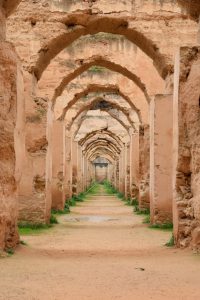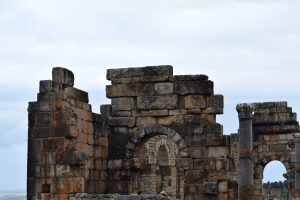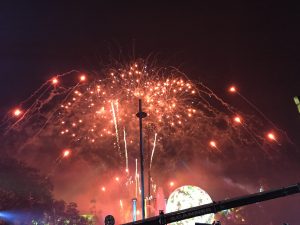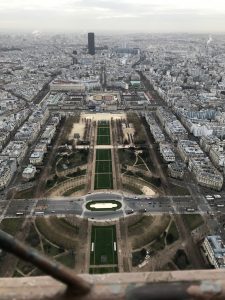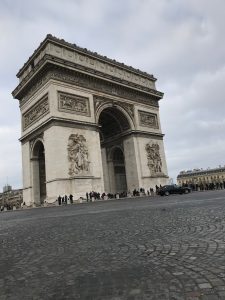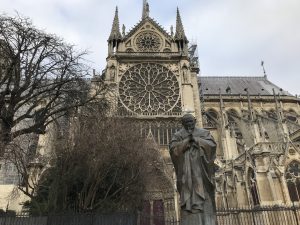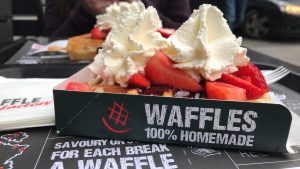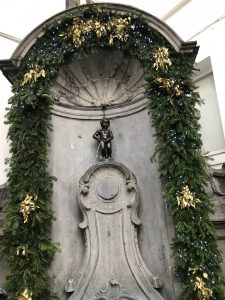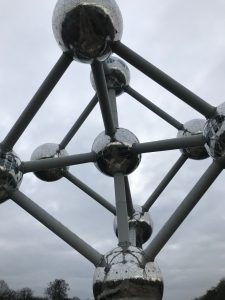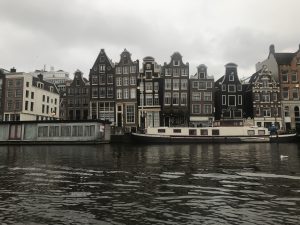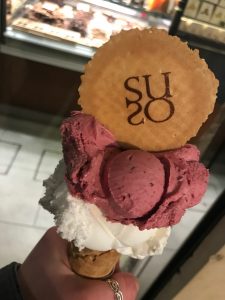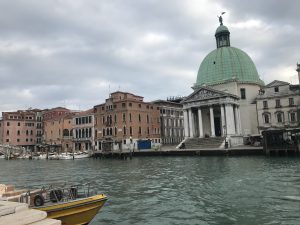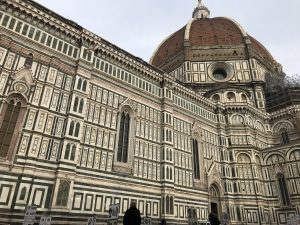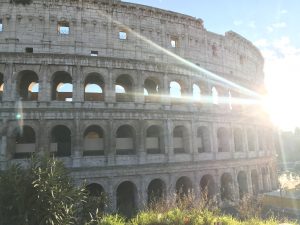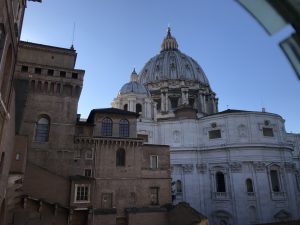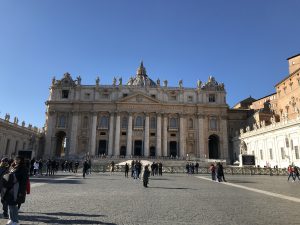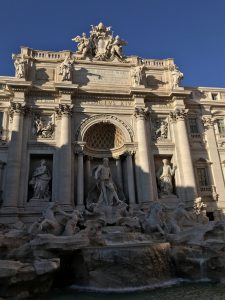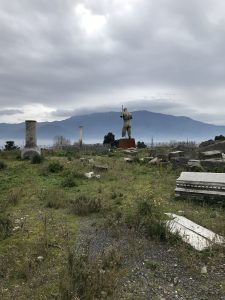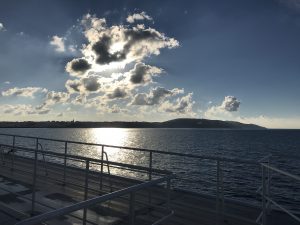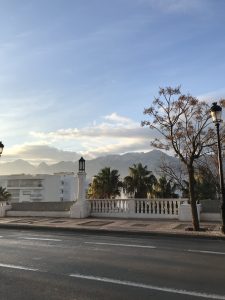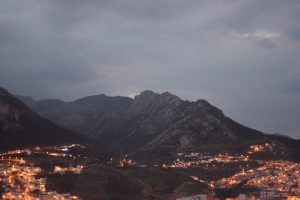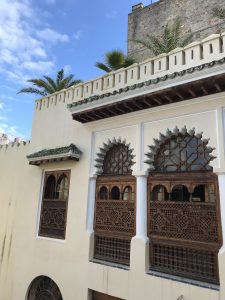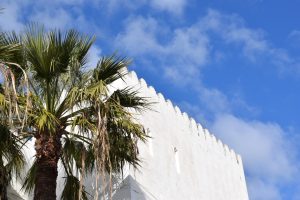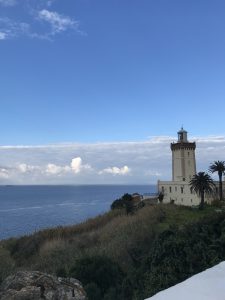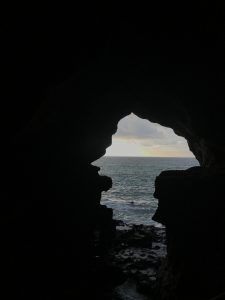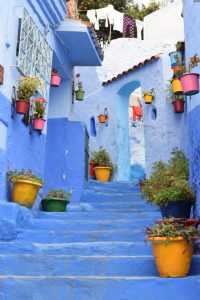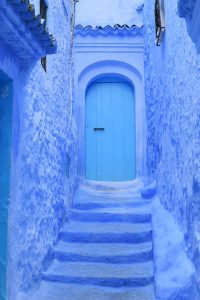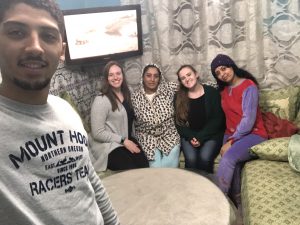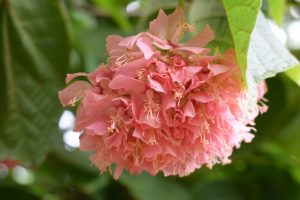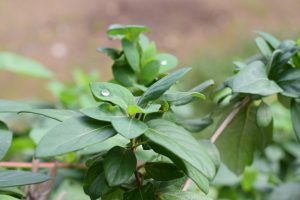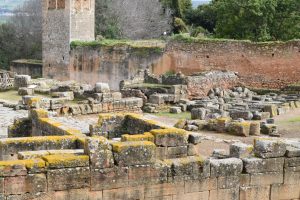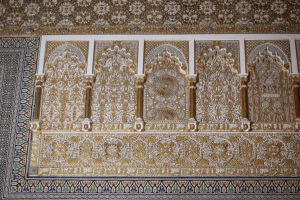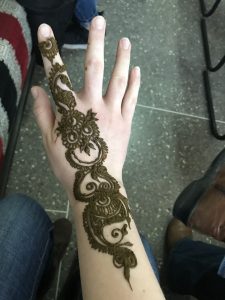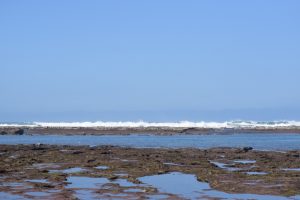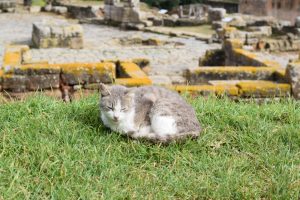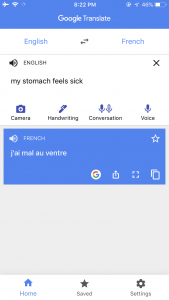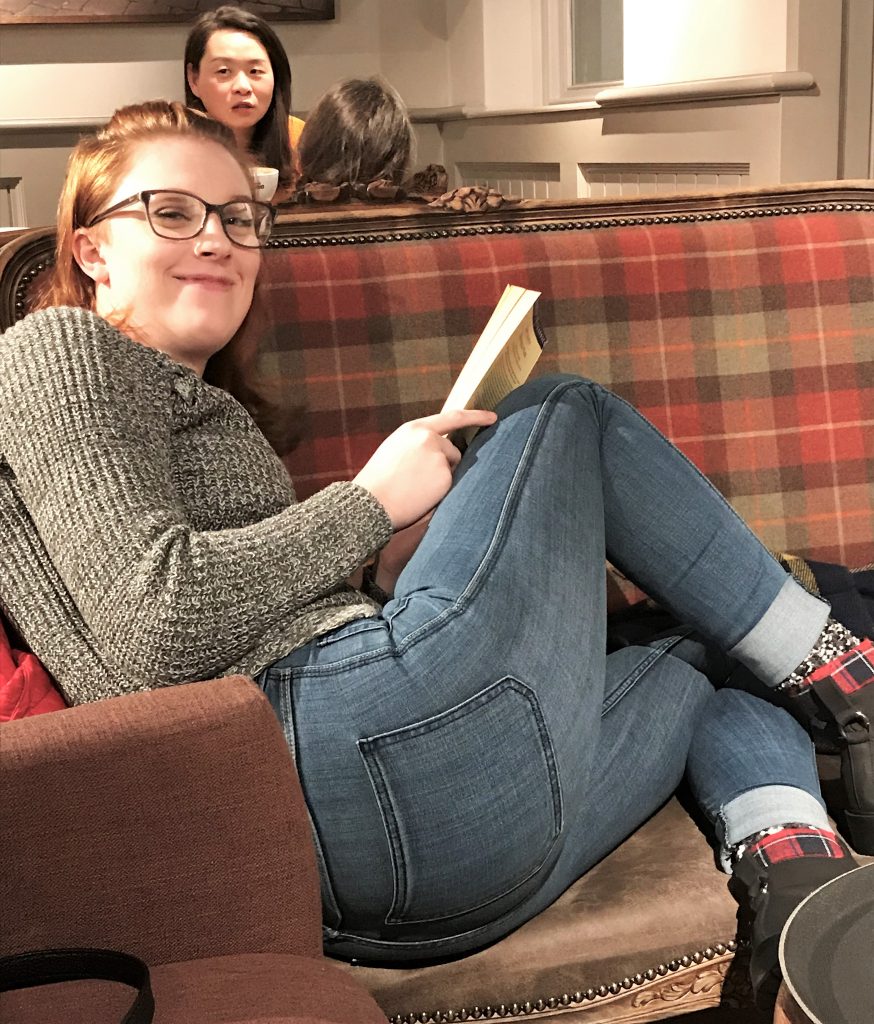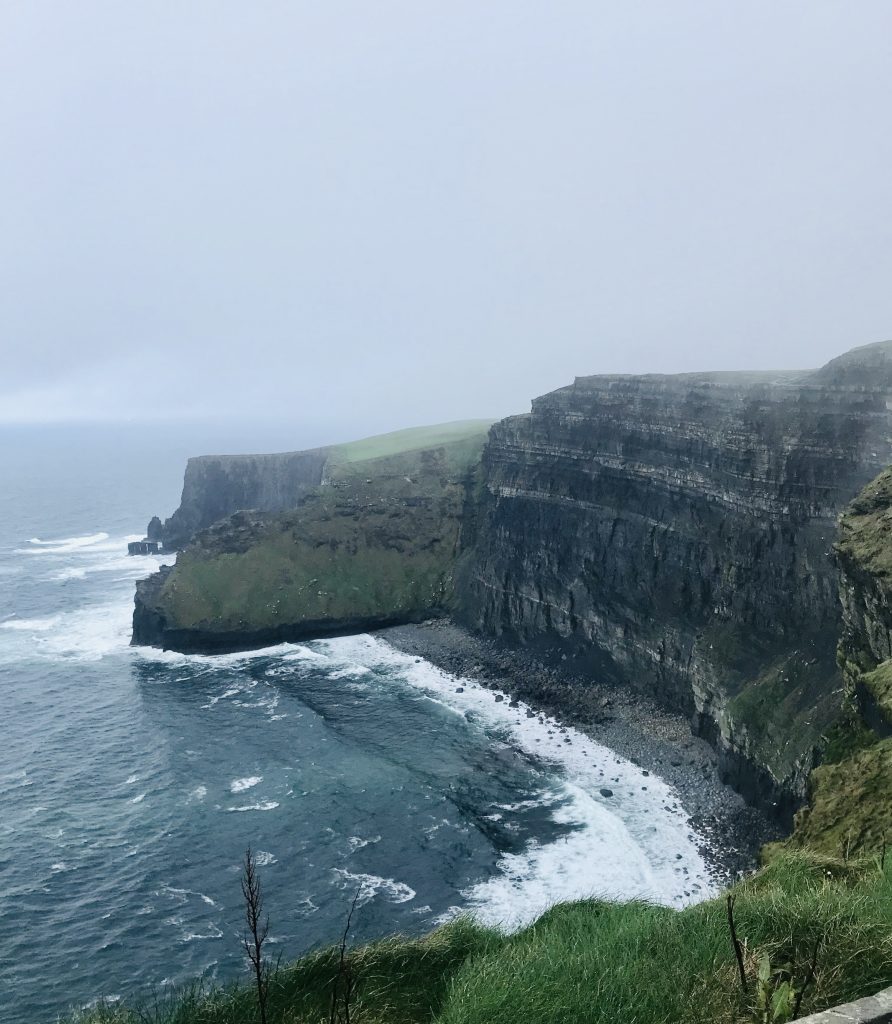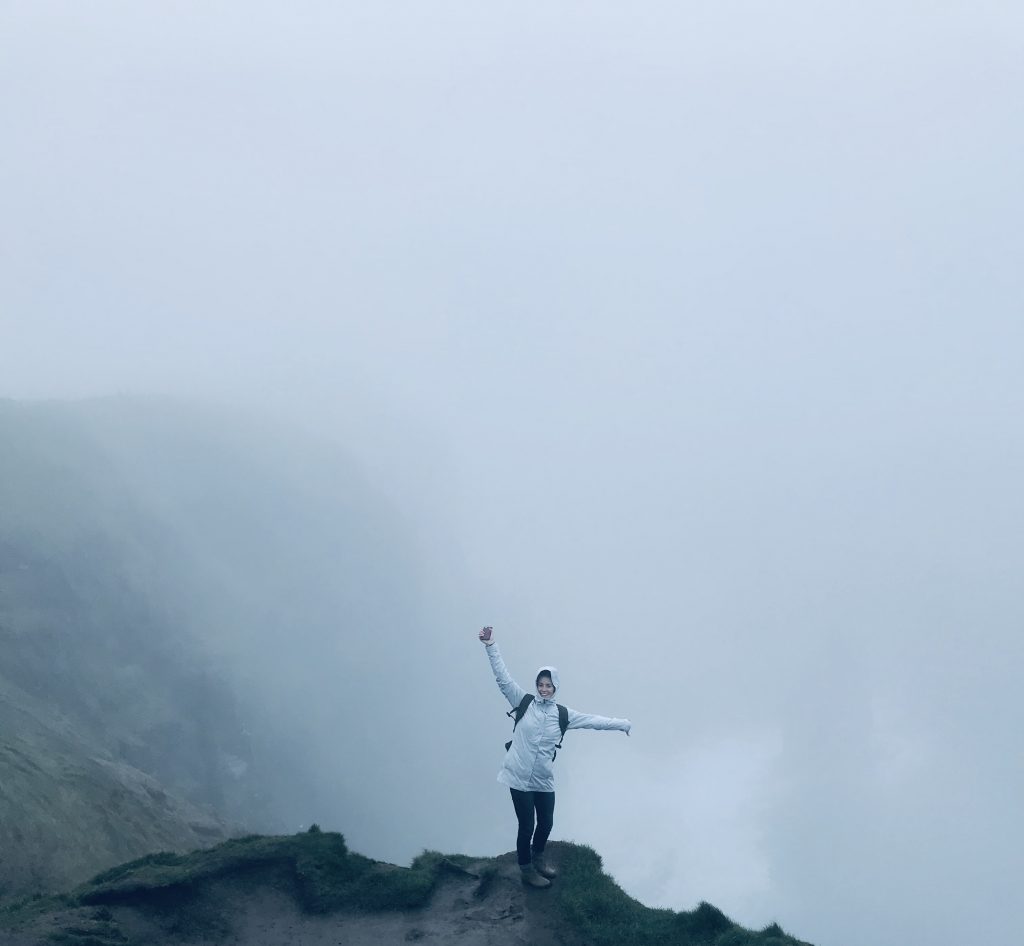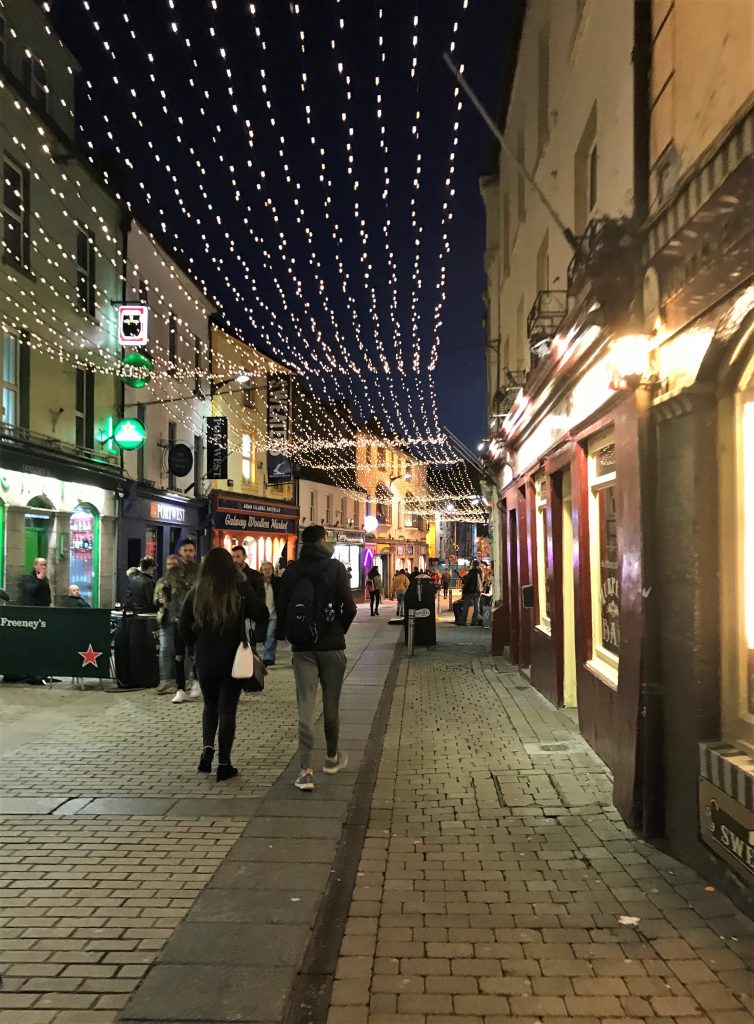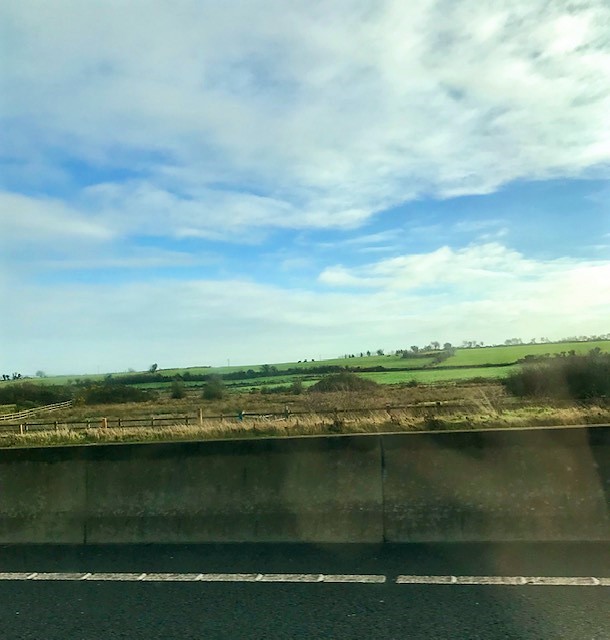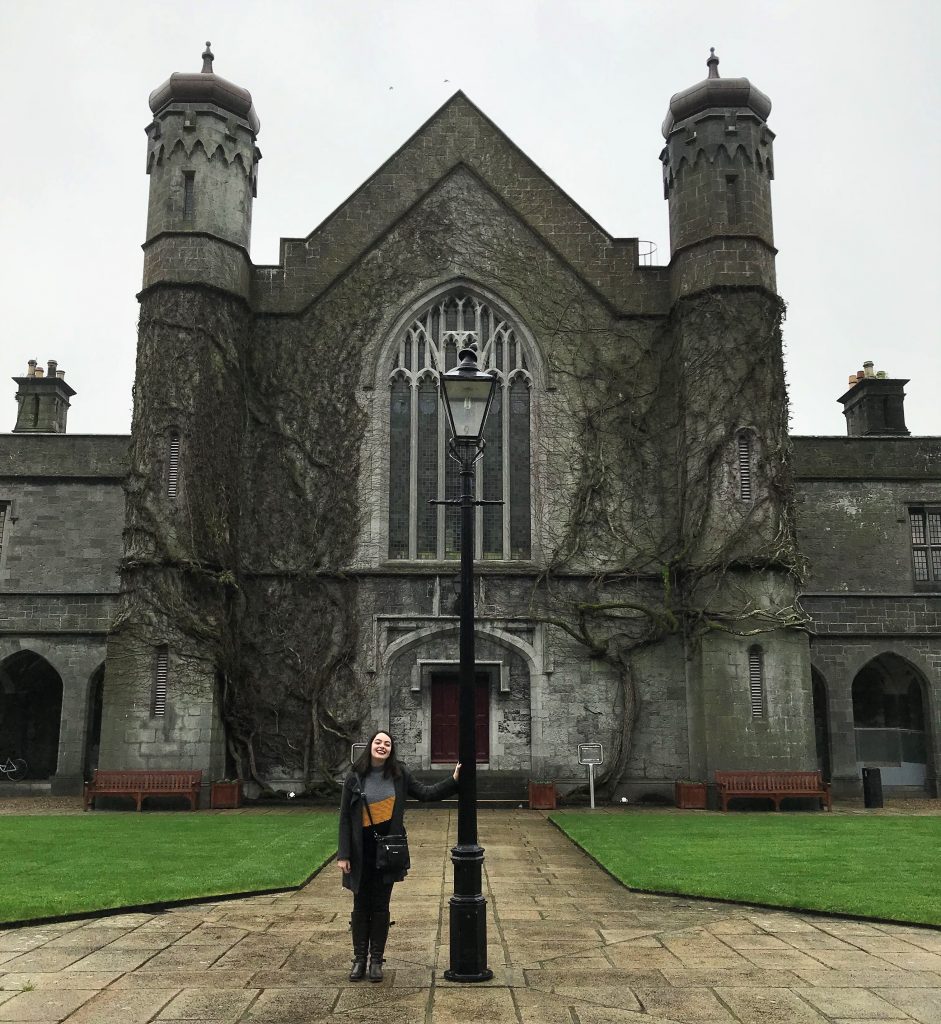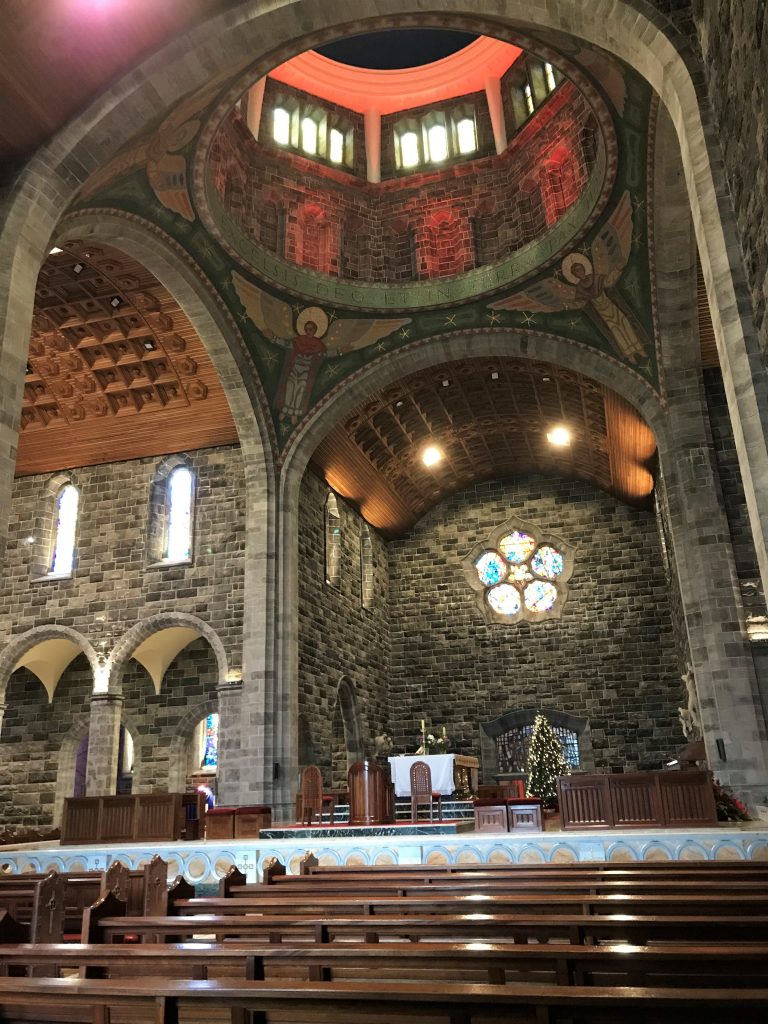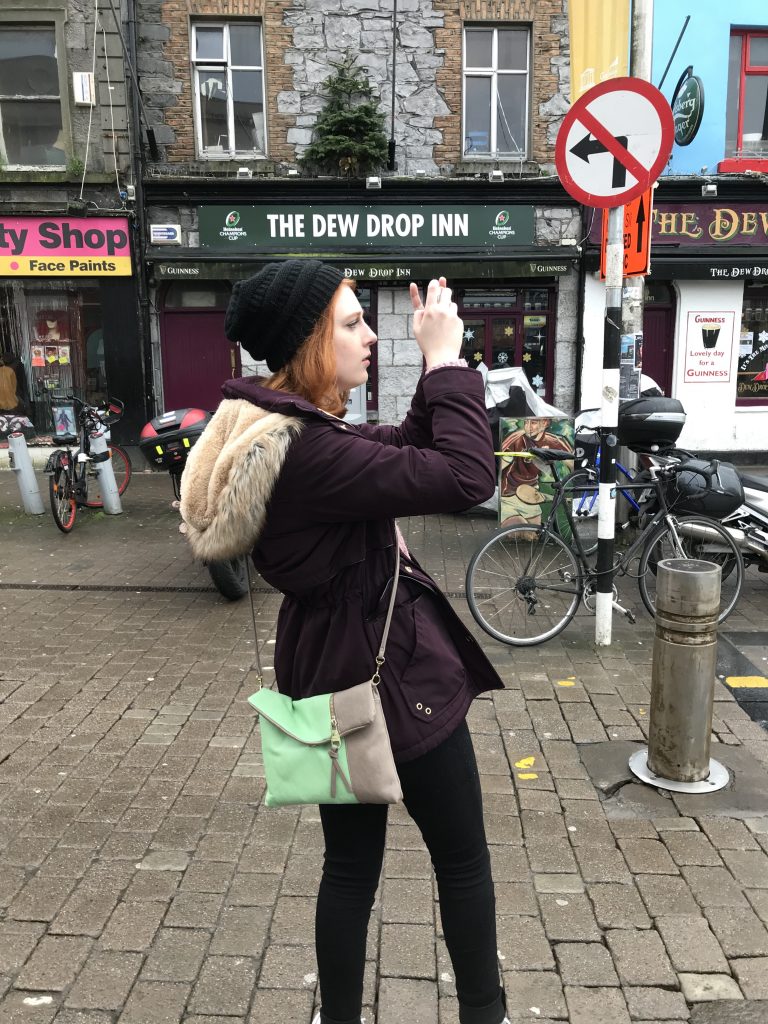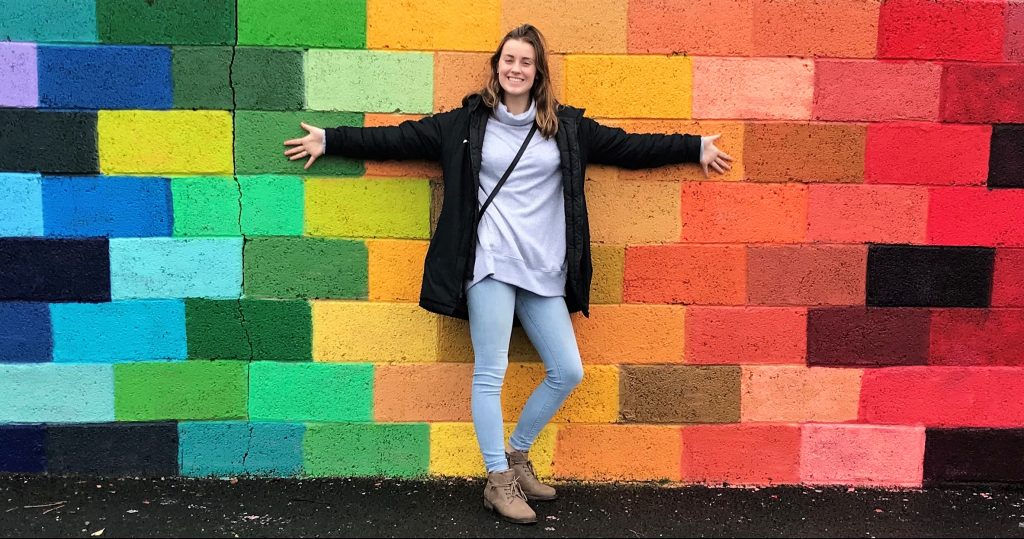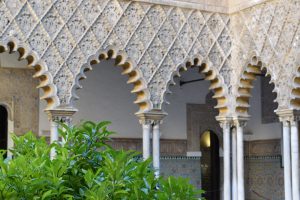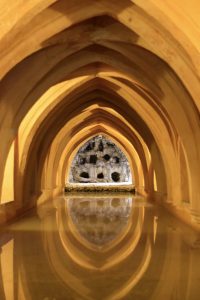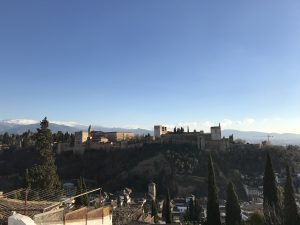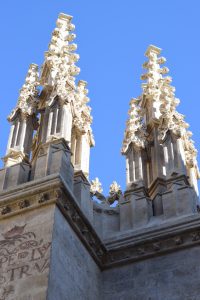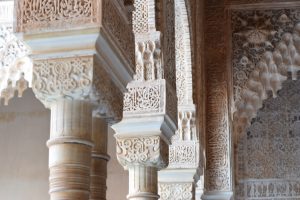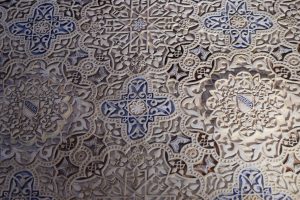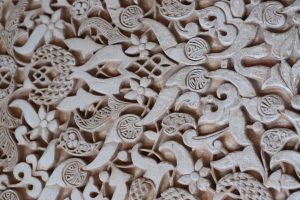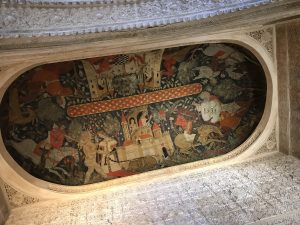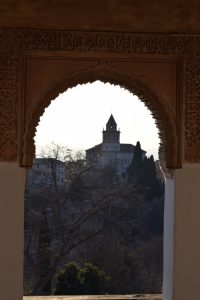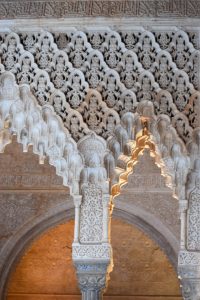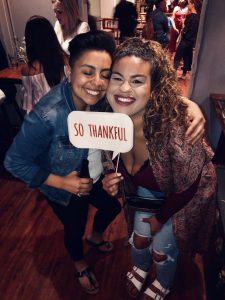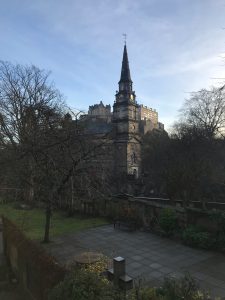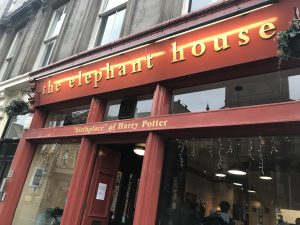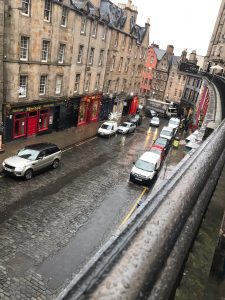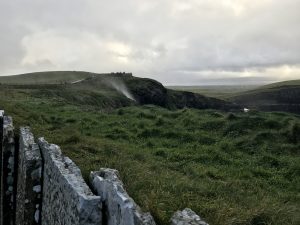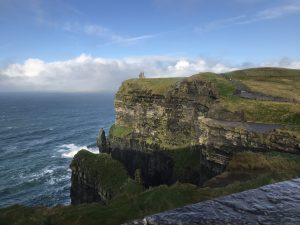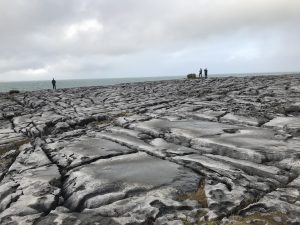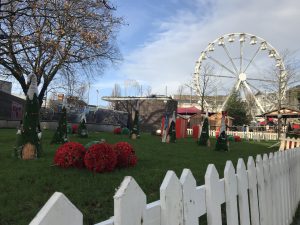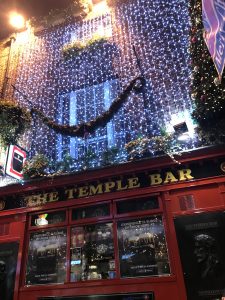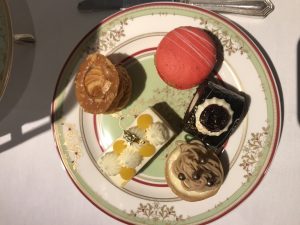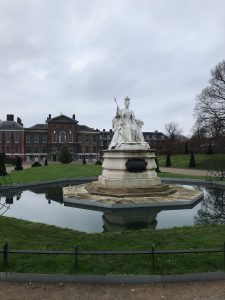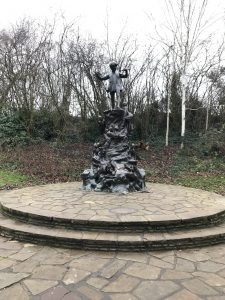Hola from Madrid, Spain!
Unfortunately, our journey is coming to a close. We took a plane from Casablanca, Morocco to Madrid, Spain on Saturday. We were able to relax a bit, went to dinner, and received the prompt for our last assignment of the class! We even got to go out on Saturday night, which was really fun! Sunday morning, we had a great tour of the city, where we visited the old royal castle and gardens, several parks, and other notable Madrid landmarks, like Puerta del Sol, a popular plaza.

We walked by the cathedral as the bells were ringing, which was an amazing experience and so unlike anything I’ve heard before. The sounds I’ve experienced on this course are so different from the US, from the call to prayer, to the ring of giant, hundreds of years old cathedral bells. I feel really lucky to have gotten to be in Spain and Morocco and get a feel, firsthand, for what it is like to be and have been in these spaces, throughout history.
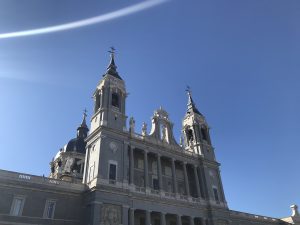
I was able to visit a notable local pastry shop and a market after the tour for lunch. I enjoyed my last jamon y queso bocadillo (sandwich) and a famous Madrid pastry, Napolitana Chocolate, which is basically just flaky bread filled with chocolate, but so much better, because I’m in Spain! I enjoyed just wandering around Madrid, and I loved visiting the market and bakery!
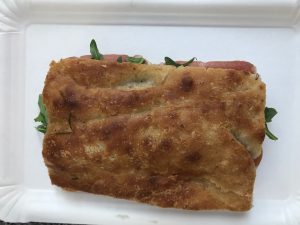
After lunch, I went to visit el Museo del Prado, or the Prado Musuem. I showed my Linfield student ID card, hoping for a small discount off of the 15 euro price, and I ended up getting in completely for free, which was a great surprise! The museum was HUGE, so I had to pick and choose what I saw, because there’s no way I could see it all, even with a whole day at the museum! I visited some of the 17th century Spanish paintings, and I was able to see some of El Greco’s work. These pieces were meaningful because we visited Toledo when we first arrived in Spain, and saw some of his other works, as he lived in Toledo at the end of his life. I love that the museum allows you to get very close to the art, because it is so interesting to see the brush strokes up close, and then step back and see the full effect! I also visited one of the sculpture galleries and a special collection of royal dishes and vessels carved from precious metals and stones. I’m so glad I happened to be at the museum while that collection was on display, because it was astounding! A lot of parts from the dishes have gone missing over the years, most of which disappeared during the French takeover of Spain, but I can only imagine how amazing these pieces were when first created.
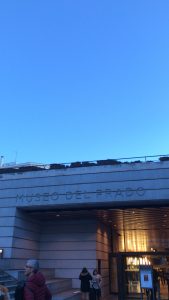
As this adventure of a course comes to a close, I can’t help but reflect on what a wonderful experience it was. My anxiety was incredibly high before leaving, as I worried I would forget something, show up for my flight at the wrong time, or for some reason, not be able to make it through the high pressure of the month. However, at the end, I realize that a lot of this anxiety was unnecessary, and the growth that I experienced from being uncomfortable was priceless. It is uncomfortable to be unfamiliar, but that is the way that we learn and grow as people.
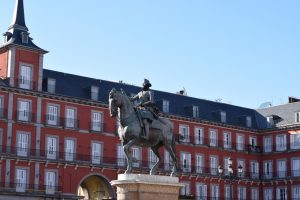
I am also very thankful for the opportunity to interact with so many local Spaniards and Moroccans. Through CIEE, we were able to have several meetings with students, as well as lectures from local professors. These experiences were so valuable, and gave me a chance to see the countries through the eyes of someone living their everyday life in them. I am so thankful for these people who answered every question, helped us to think critically, and were brutally honest about their home.
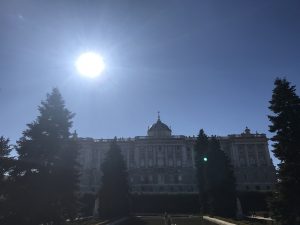
Overall, the biggest lesson that I will take from my experience in Spain and Morocco is patience. This means a lot of things, from slowing down to enjoy a meal with friends, to taking extra time and energy to help someone who is struggling with a foreign language. I notice that in the United States, we seem to be very sped up, and our entire lives revolve around getting things done quickly. We utilize anything that advertises as “quick” or “fast” from fast food to quick car service. I noticed that when life seemed to slow down, there was time to talk with other people and learn about their lives, there was time to enjoy food, there was time to appreciate sights and sounds. In addition to patience for a “slowed down life”, the patience that others had for us, as Americans, was so meaningful. In Spain, I made an effort to use Spanish, but I am clearly not a native speaker. Despite this, each person that I tried to speak to was kind, patient, and willing to repeat themselves or define a word in English if I wasn’t sure of what it meant in Spanish. They were also so willing to use English if it made us more comfortable, and to see someone put a stranger’s comfort over their own was impactful. In Morocco, I knew only a few words of Arabic, and I tried to use them. I made an effort to say “hello” and “thank you” in Arabic, and every time I did, I was met with smiles, and sometimes even a little pronunciation help. In my homestay, my host mother only spoke French and Arabic—I speak neither of these languages—but she was patient and kind while I struggled with basic Arabic and used Google Translate to try to talk to her. At no point did she make me feel bad or belittle me for trying. This patience made me feel more comfortable and at home, despite being so out of my element. The kindness and patience that I was shown by my host family will forever stay with me. I hope that I can incorporate more of the patience that I experienced in Spain and Morocco into my life.
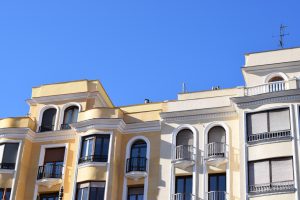
I am so lucky to have gotten to study abroad in Spain and Morocco for the past month. I had such an amazing learning experience, studying the history of civilizations and power in these two countries. This knowledge that I’ve acquired will forever change how I view European history, and just adds to the wonderful education that I am receiving at Linfield. Thank you so much to the International Programs Office for making this possible and for allowing me to share my experience through this blog!
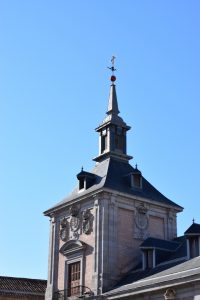
Thanks for following along with my journey!


